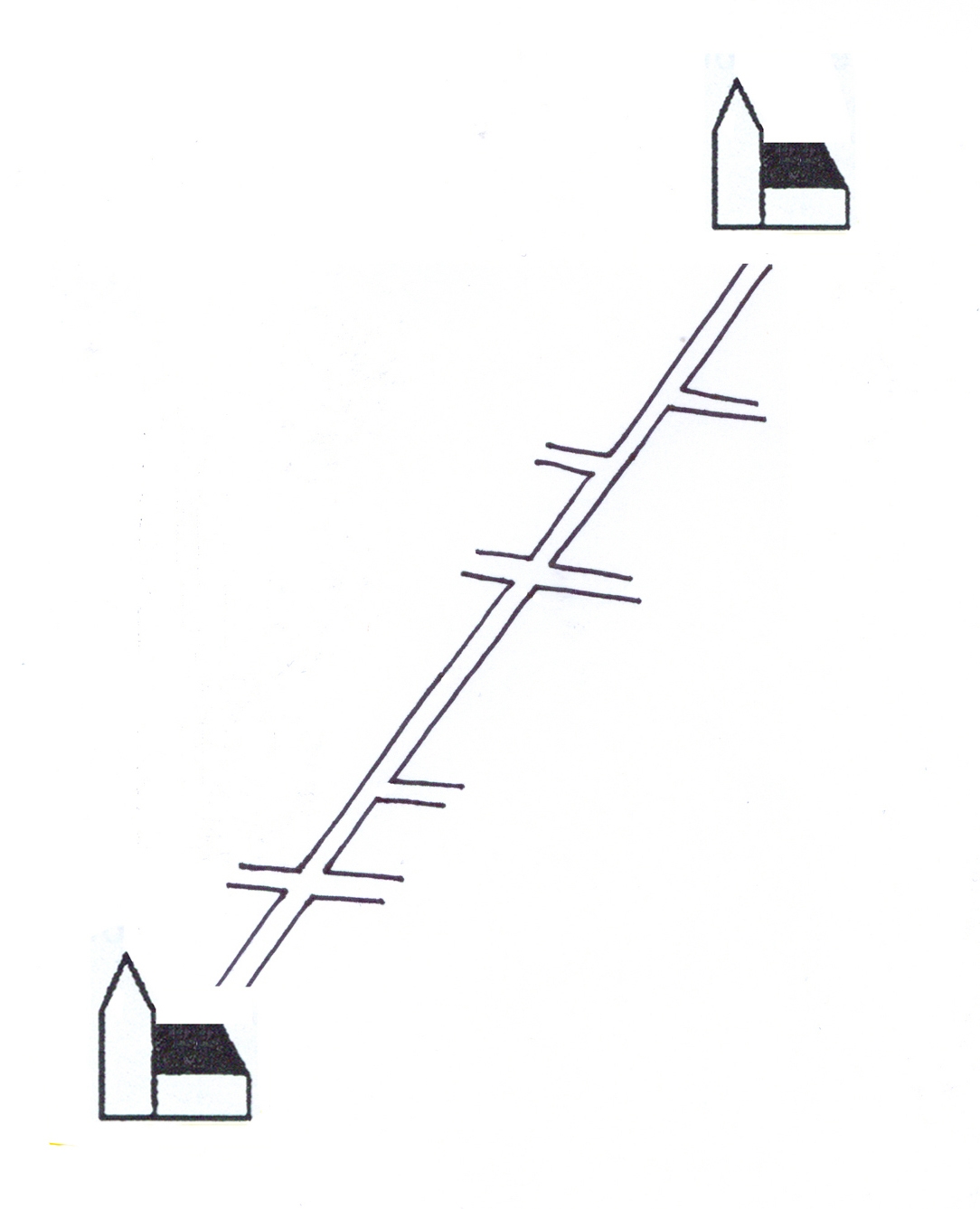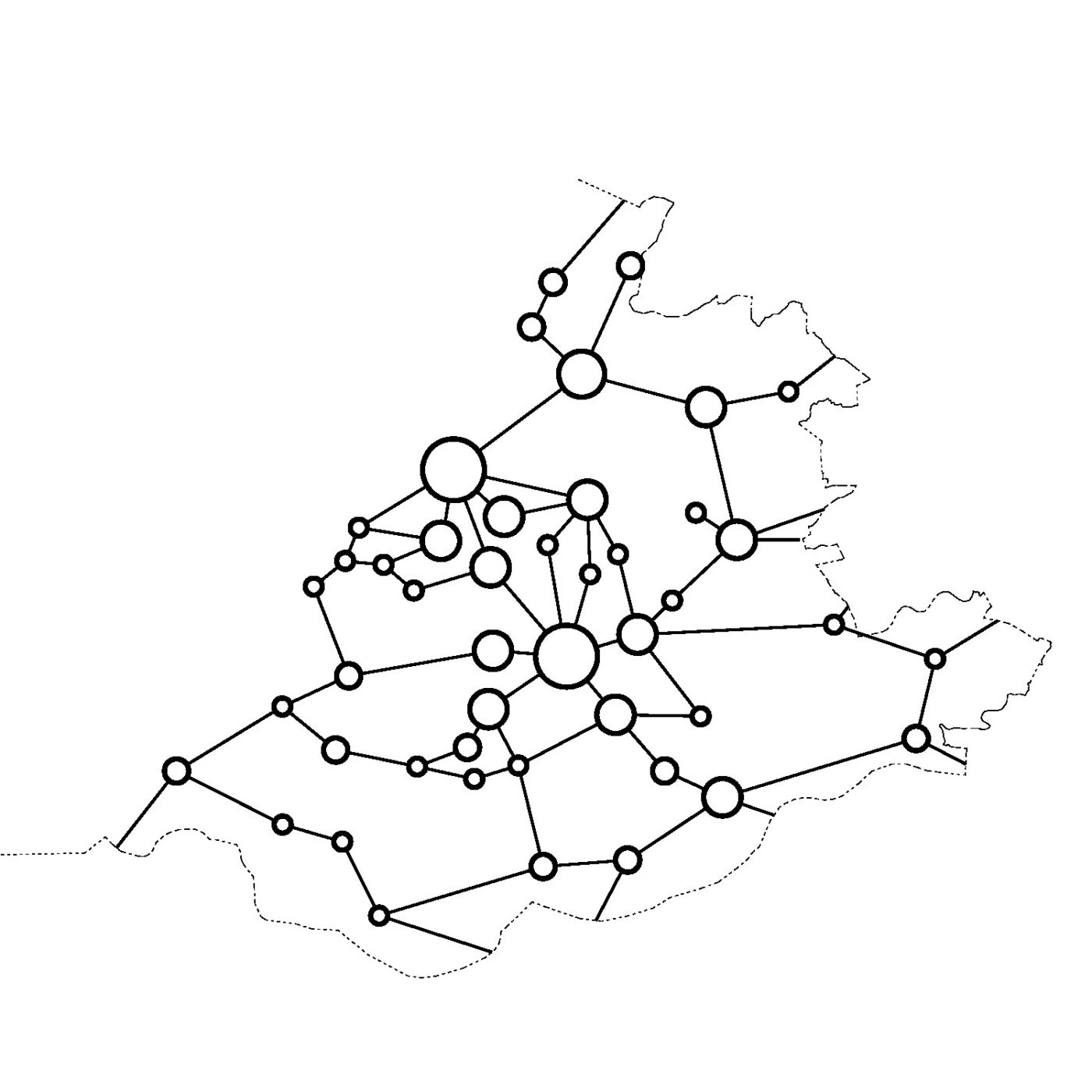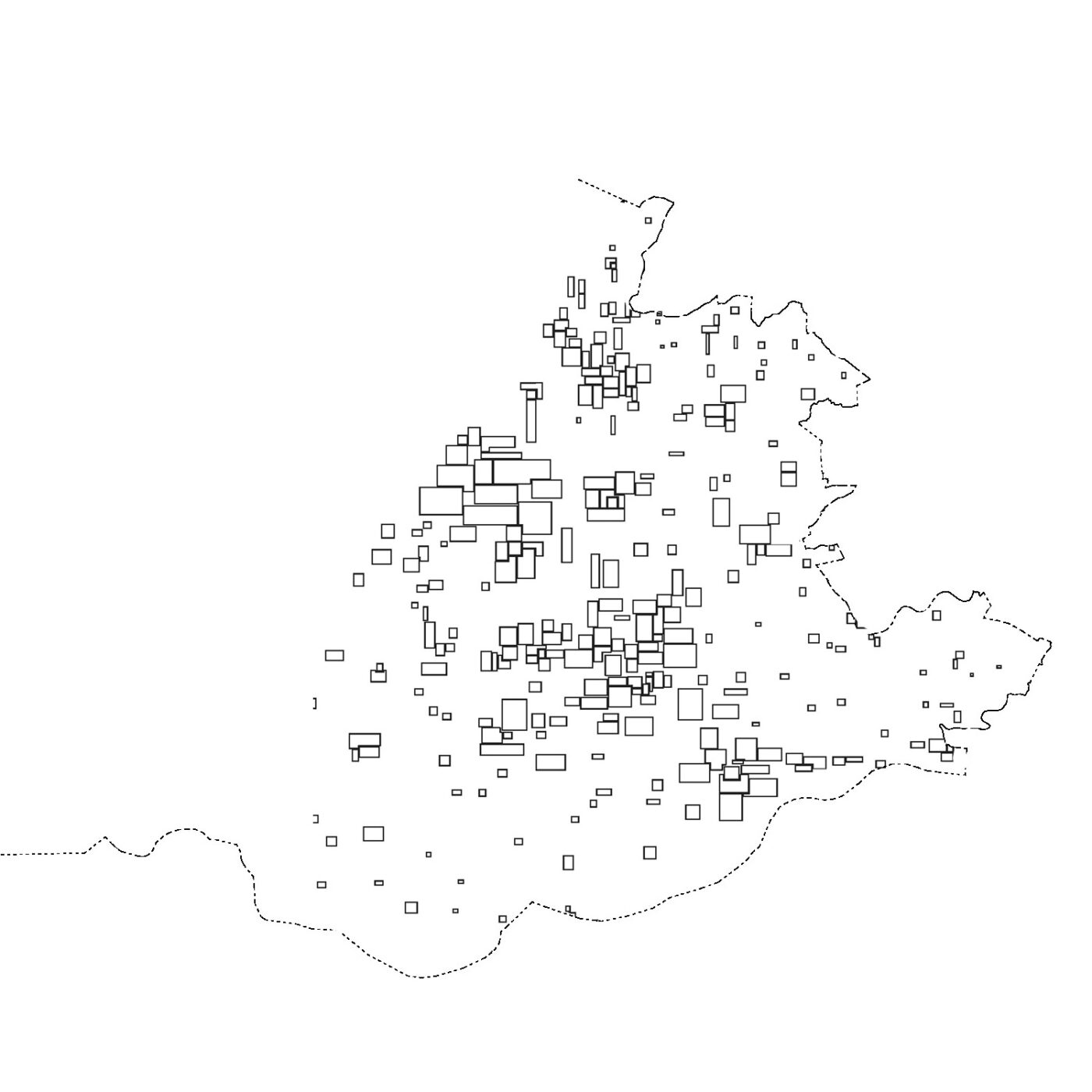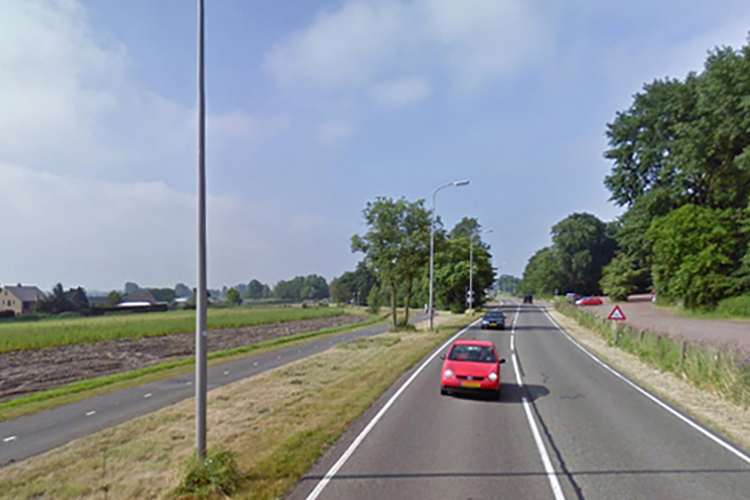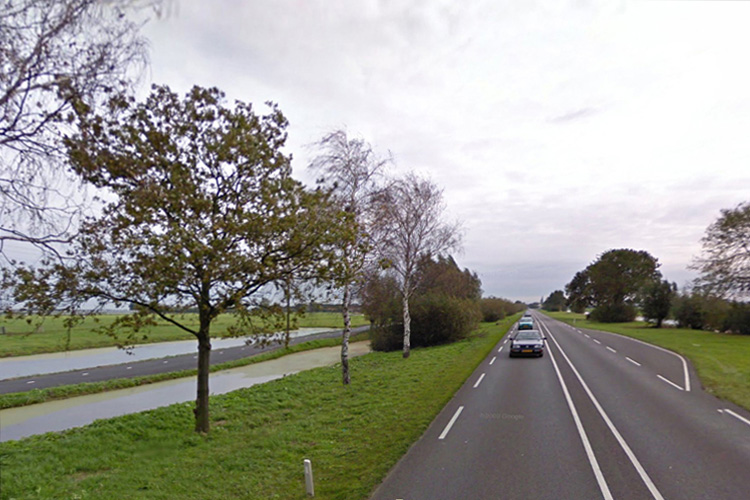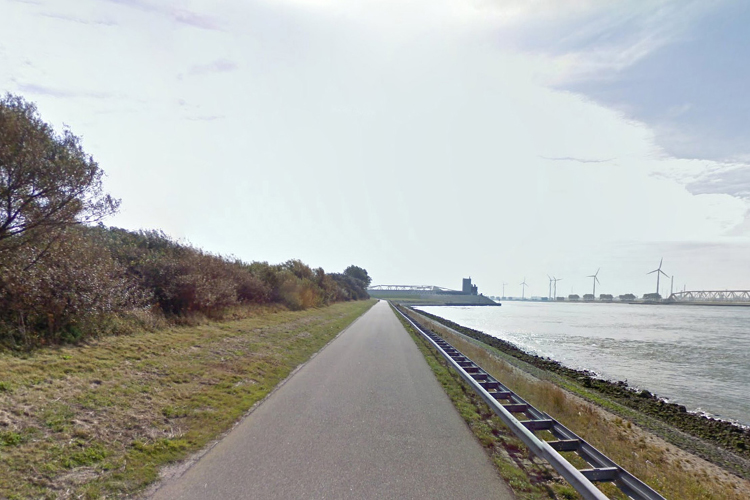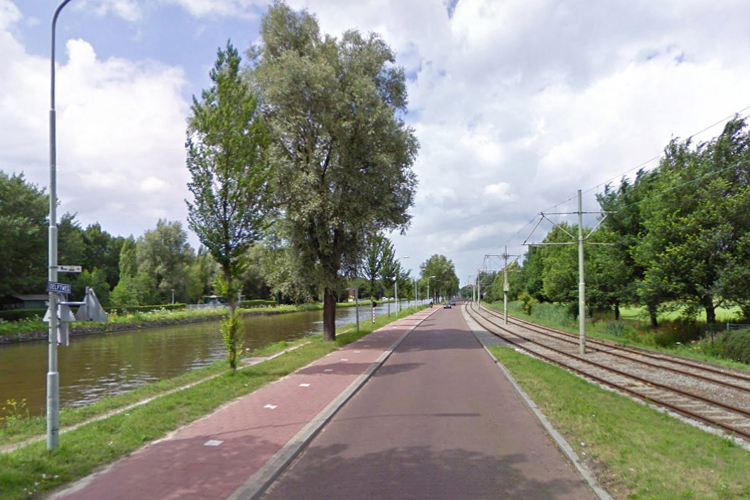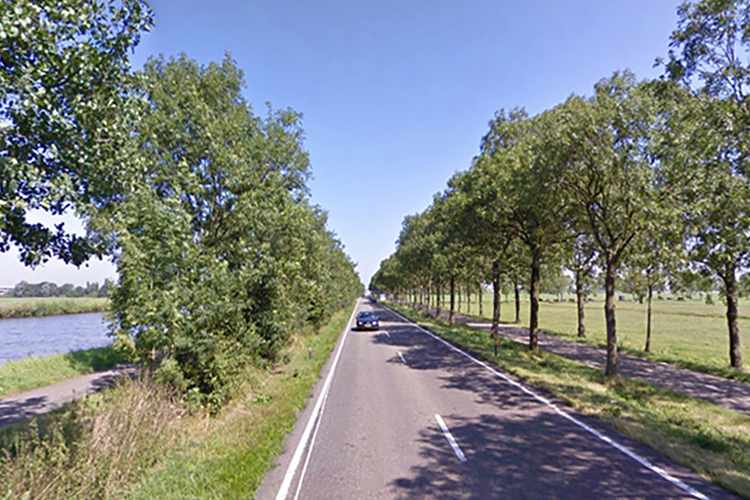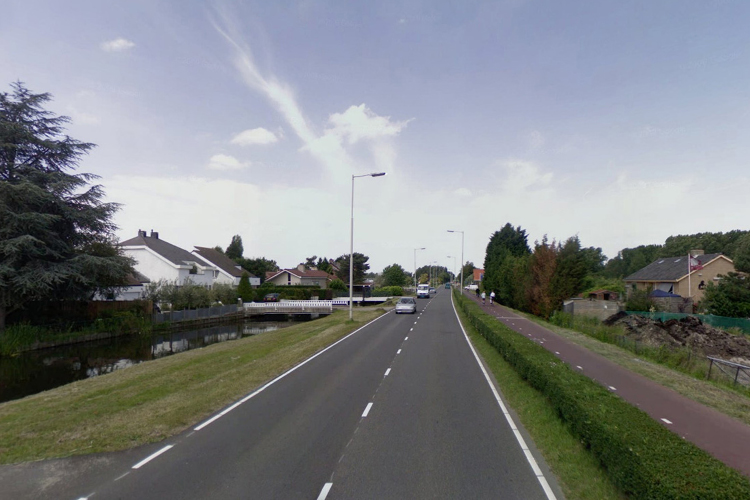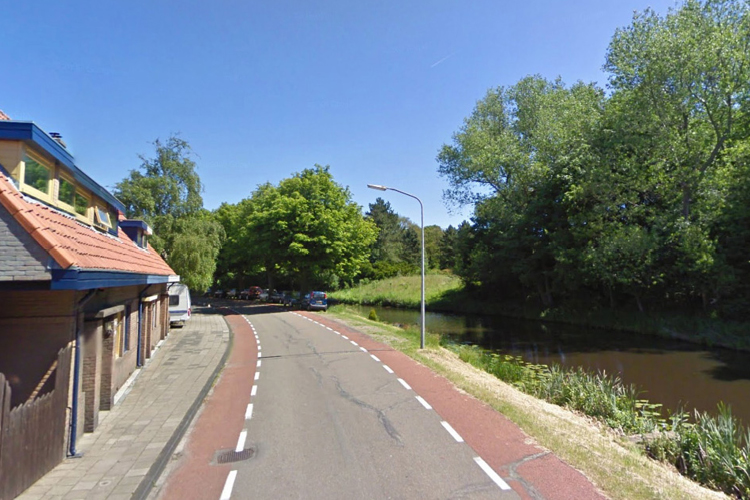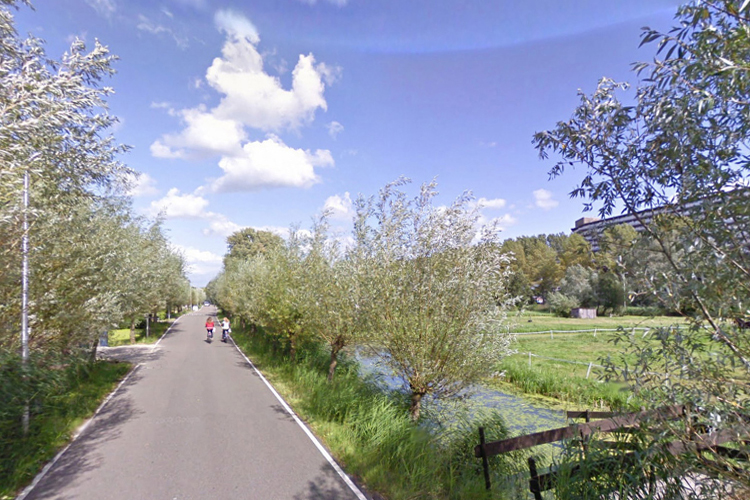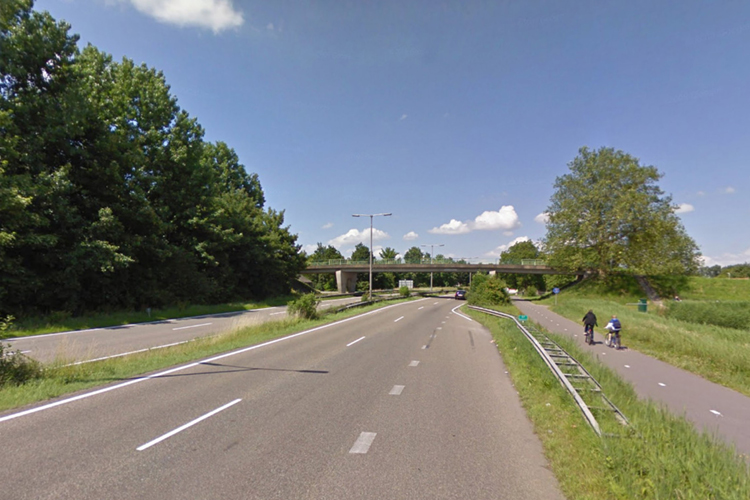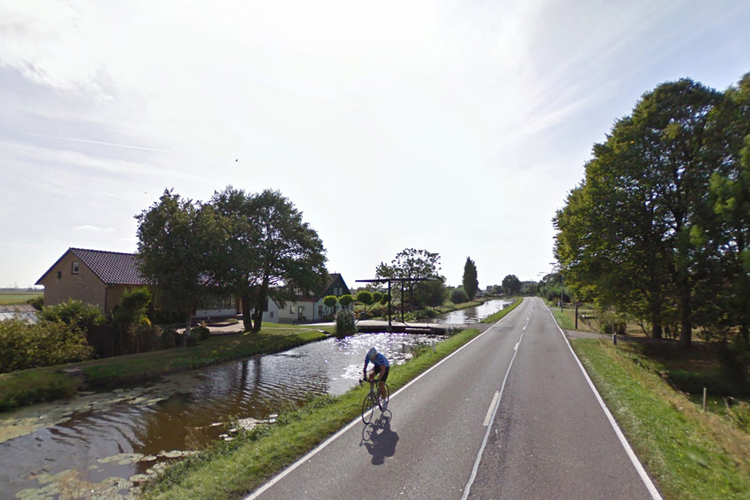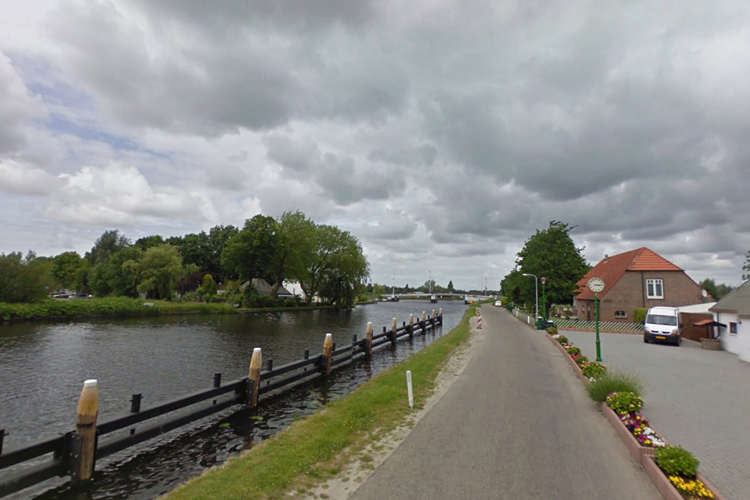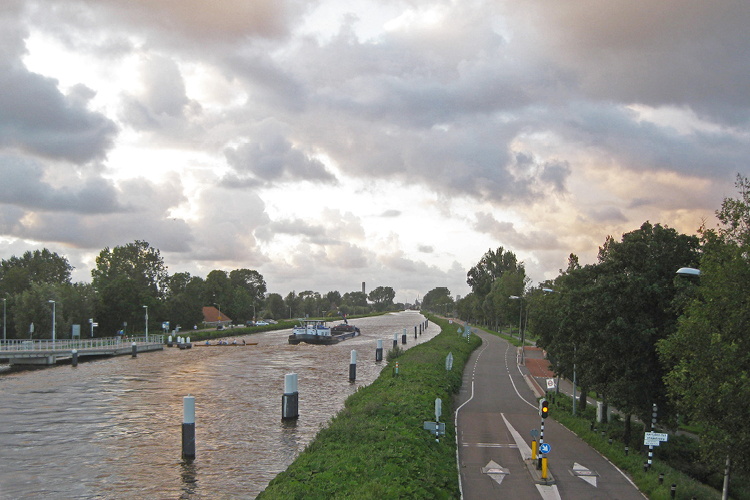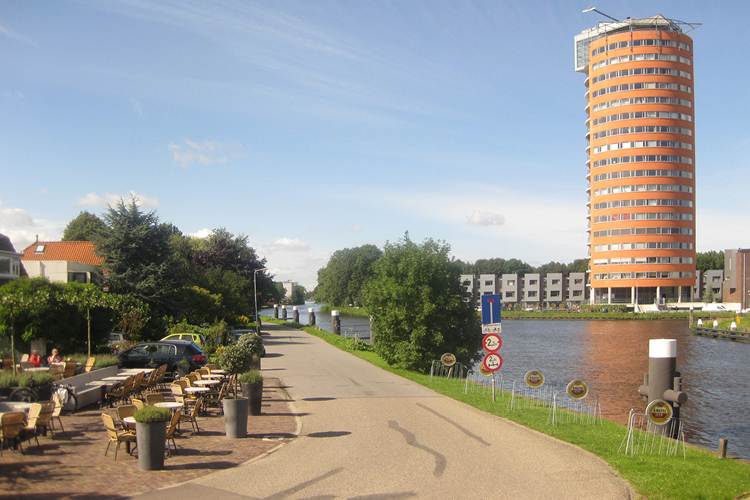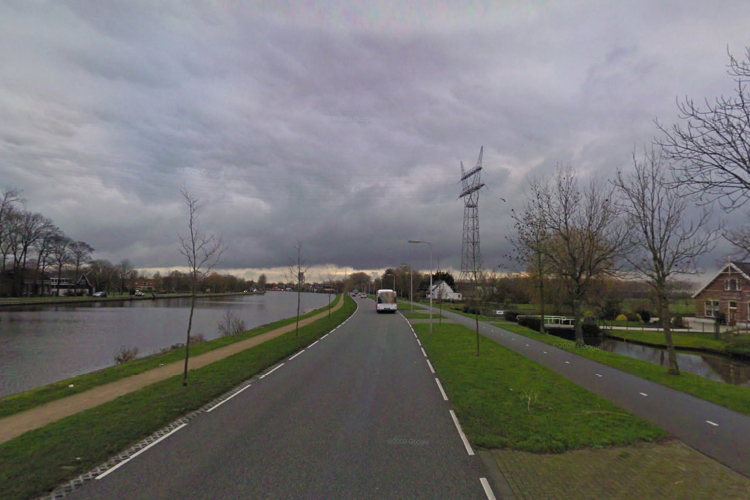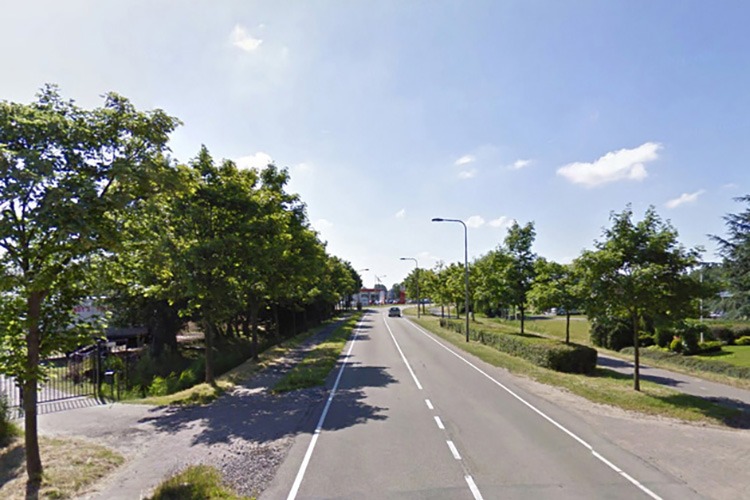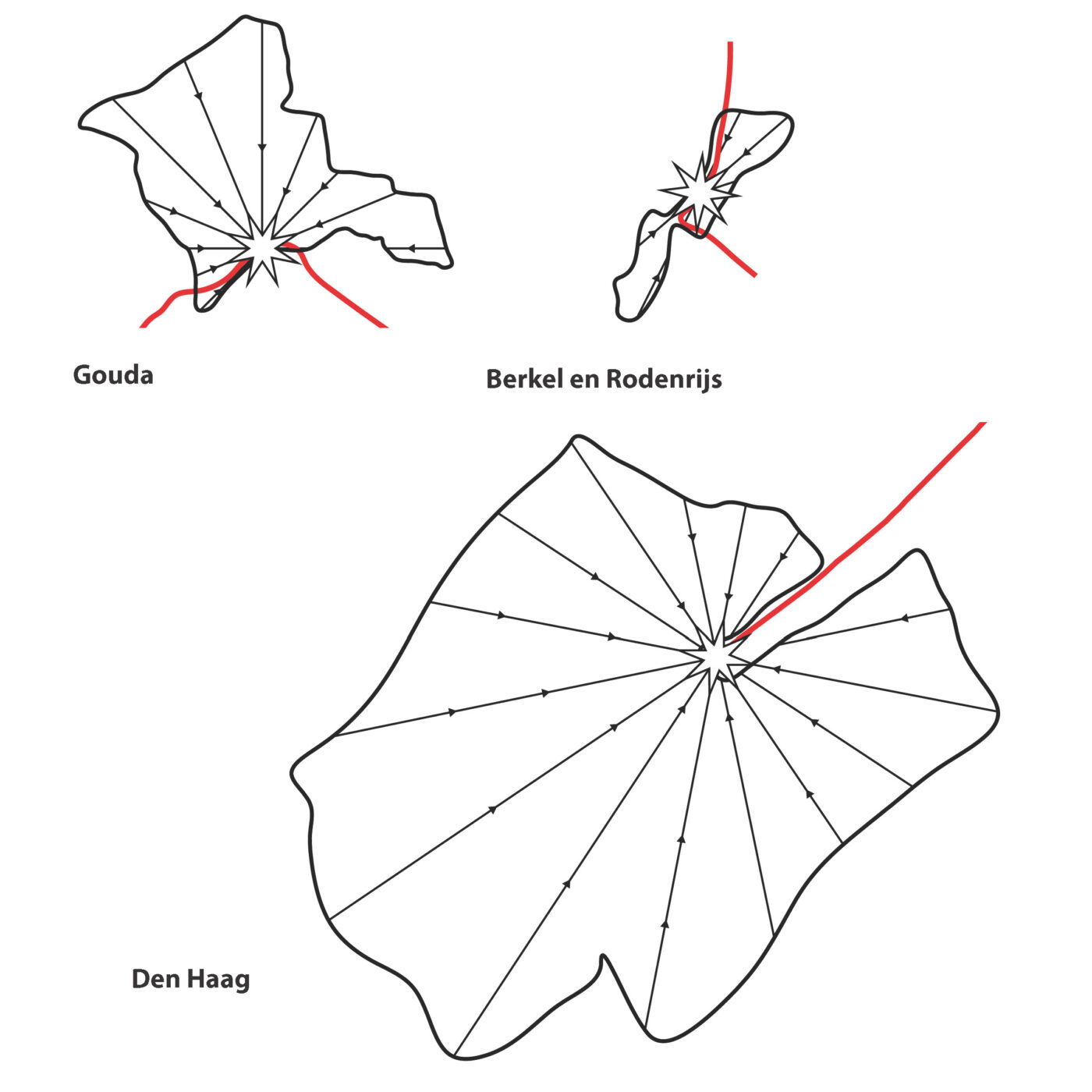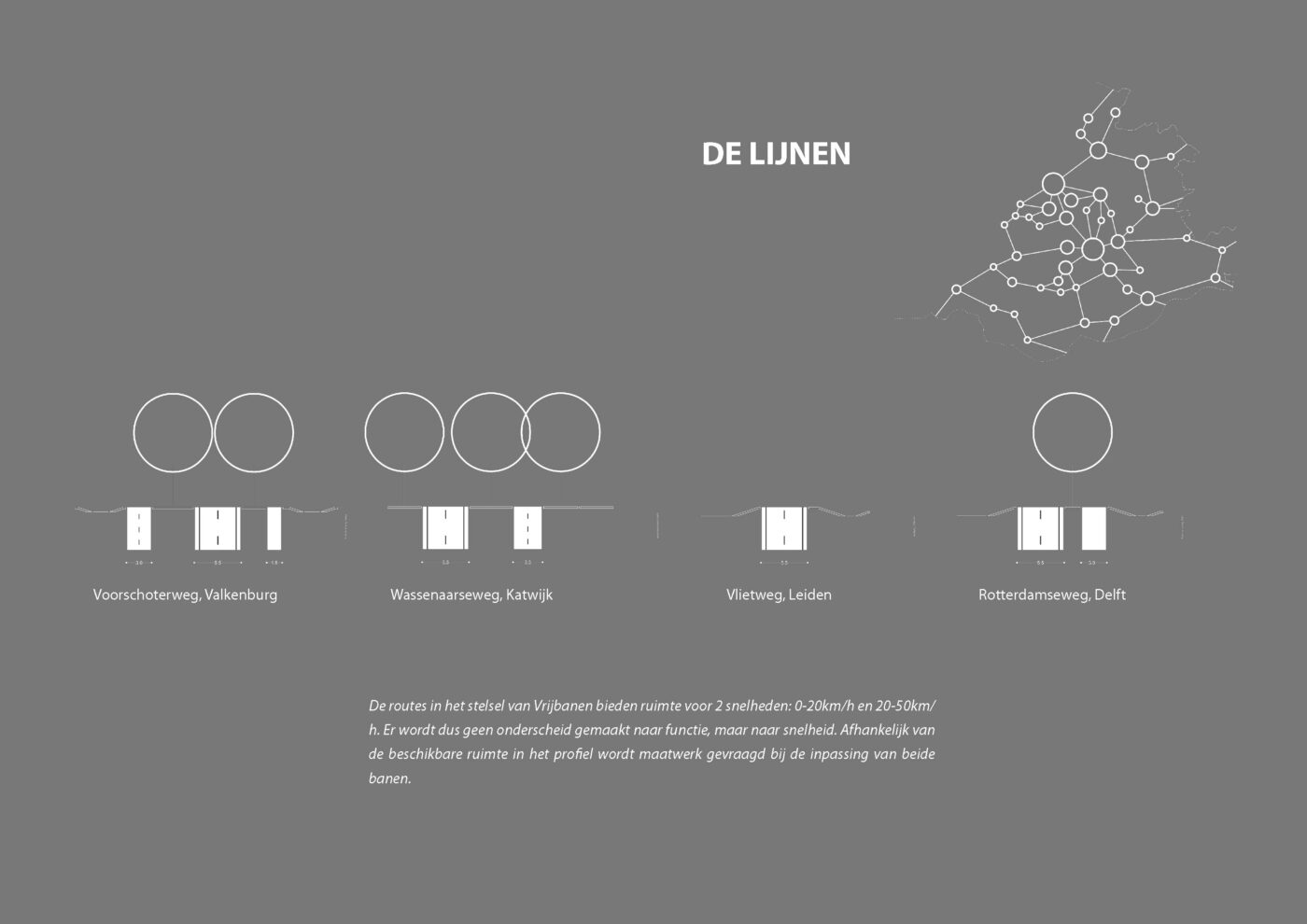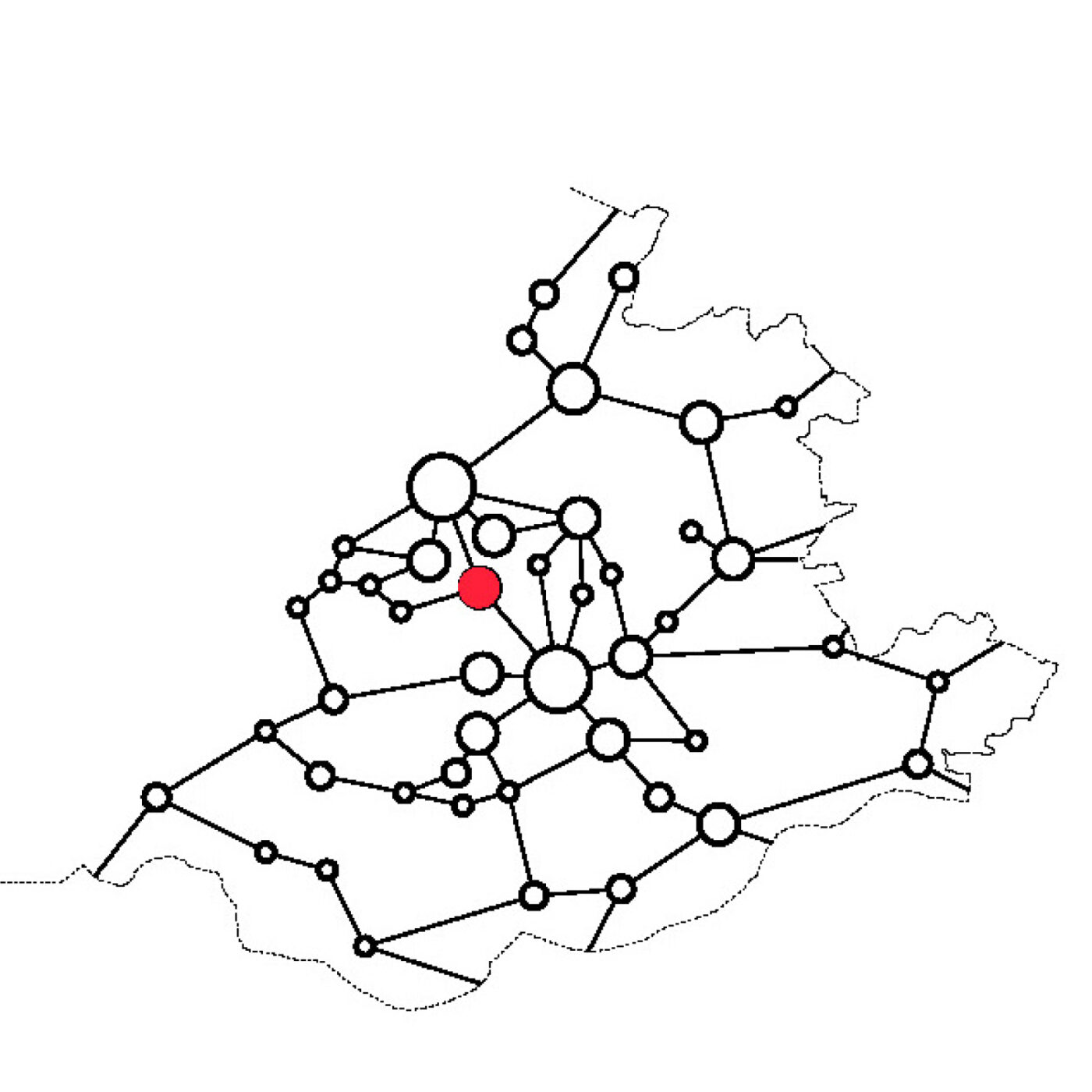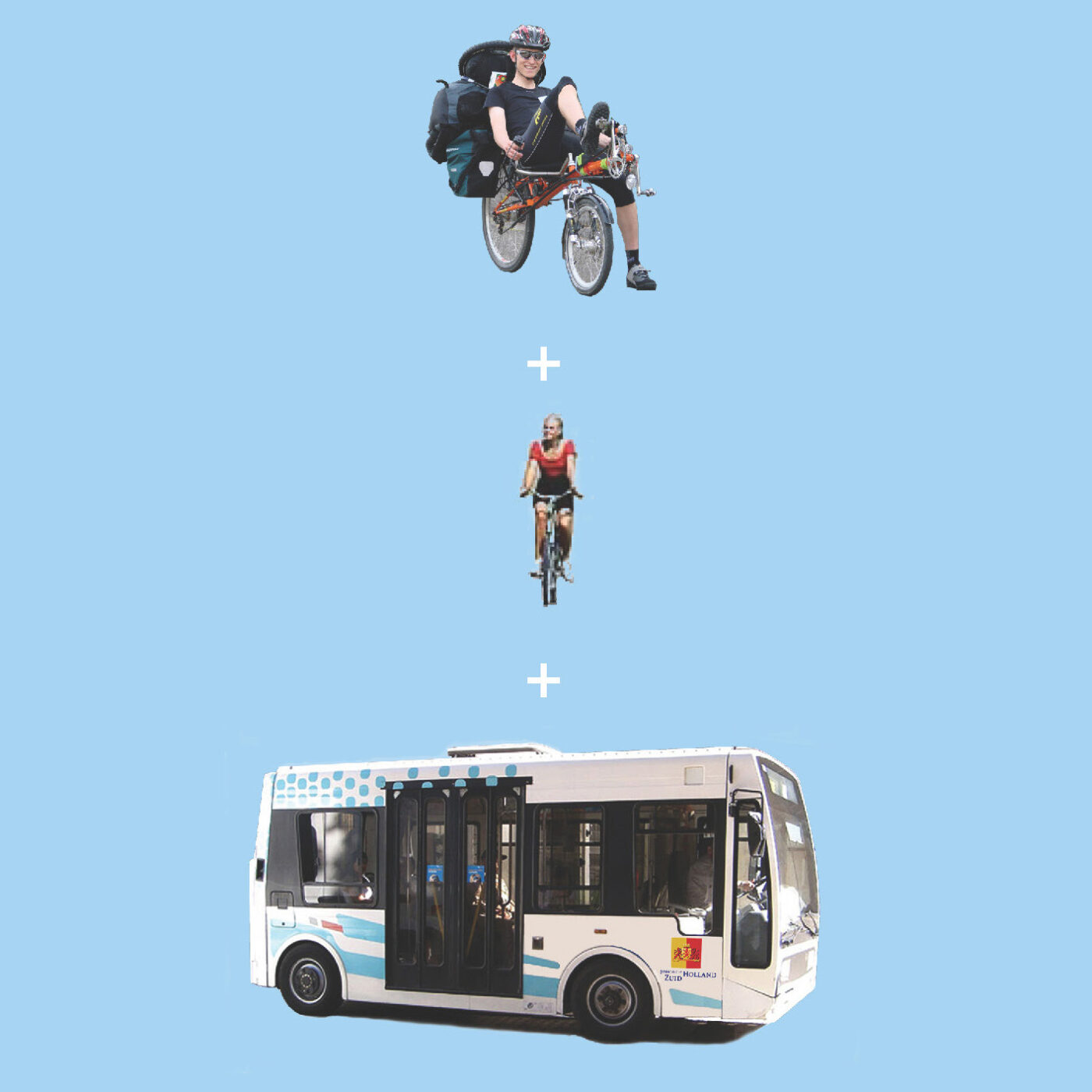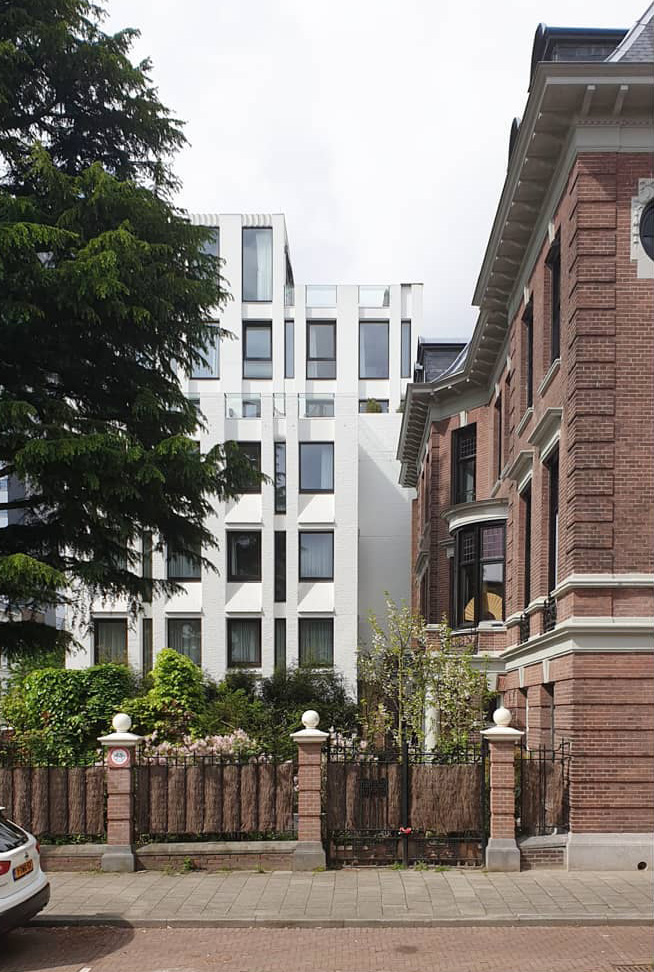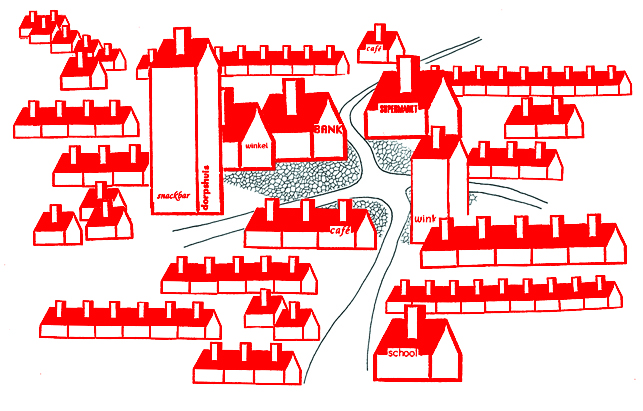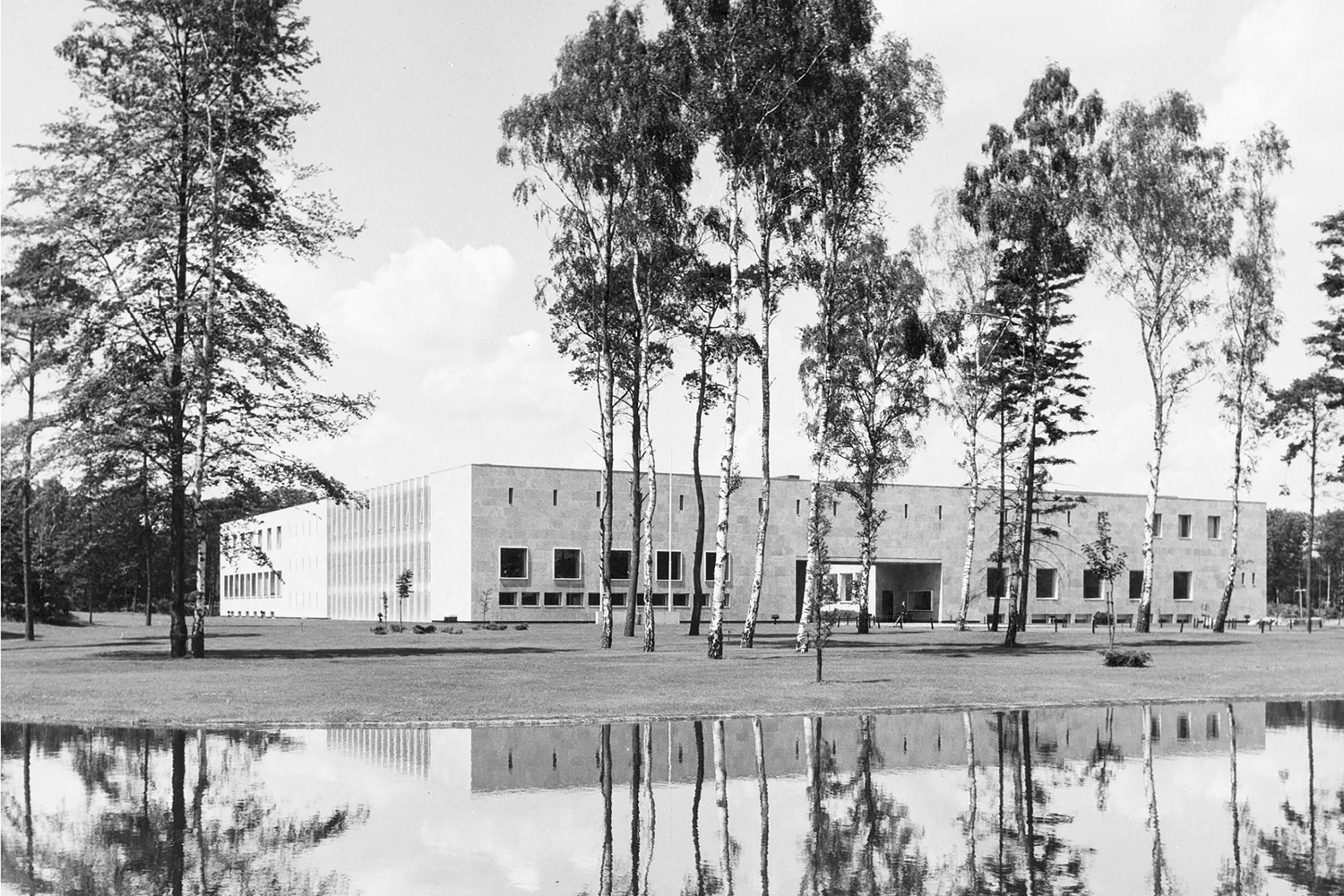The historic roads in South Holland are being upgraded to new routes for 'clean' means of transport. This not only ensures logical and fast connections, but also opens up the landscape. An old network in a new guise improves accessibility within the Randstad and puts sustainable transport first. In 2010, Studio Hartzema won the Zuid-Holland Prize with the proposal for 'Vrijbanen'.
Zuid-Holland is perceived as ‘full’ and that is mainly due to the image. In fact, the Randstad is one of the emptiest metropolises in the world. What is often lacking in the Netherlands is the visibility of the landscape and longer lines. We miss alternative routes, such as the beautiful Routes Nationales in France or the Cantonal Terraces in Switzerland. These are not only self-evident, but also offer a cross-section through city and country. Due to the lack of this reading layer, the perception of full and confusing prevails in the province (and the Randstad).
Free lanes, the Napoleonic roads open to bicycles
Due to the advent of motorways, old 19th century connections such as Rijksstraatwegen and waterways have been removed, cut up or corrupted in such a way that they no longer form a logical connection between A and B. This means that not only the shortest routes have been discontinued, but also the most narrative connections. You can still go from Delft to Rotterdam but with very large potholes in the road. There is still a road between Haarlem and The Hague, but you can no longer drive there and there is another road between Utrecht and Amersfoort but it has been cut into smaller sections. Suppose you pick up this network and bring the roads back to their original state with oak trees on both sides of the infrastructure, then you immediately have a kind of network.
The bicycle as a national binding agent
The bicycle can be a national binding agent par excellence with which we can express the values we have in the infrastructure. The Vrijbanen is a means of recognizing that our country is friendly, small-scale and well-organized. Maybe a lot of bridges need to be made, with birds and a lot of greenery with cows. If you could tell that with the street, everyone would have a tremendous home feeling. Just as the Parisian feels at home with the idea that the Louvre is at the end of the street.
The bicycle as an expression of culture
The bicycle is the least dangerous means of transport we know, and it is also Dutch. With the bicycle we can experience that every city in the Netherlands is surrounded by greenery, that all cities are separate from each other and that there is much more green than you think so that the landscape becomes more tangible and comes closer. With a few resources and a narrow profile, you can give the illusion of the outside. Such an effect can be achieved very quickly by cycling along the river or, for example, upgrading the Napoleonic roads.
Learning from the motorway
The principle of the fifties, in which it was all about the experience of the journey, to allow people to be free, is a good approach for the Vrijbanen. Avoid the feeling of ‘they can’t do this and they can’t do that’. It’s hard to make something that feels like it’s getting easier. Create a free lane where anything goes, as long as it doesn’t produce any noise or stench. Hollandse Vrijbanen therefore proposes to make these routes functional again, but for bicycles and electric buses. These means of transport provide a ‘clean’ way of transport and stimulate the experience of the landscape for the users. A bottom-up approach that should give a flooded Randstad breathing space again.
The concept is based on a system in which bicycle and bus reinforce each other. The electric buses (called ‘light bus’) transport passengers between the village centres, and let them off at stops that are indicated on demand. The few formal staging points serve as nodes in the system. There are facilities for rental bicycles at these junctions. Because the bus lanes are combined with the network of cycle routes, they can complement each other. For example, it can be attractive to leave the bike at home in bad weather and take the bus instead. Conversely, the traveller in public transport becomes familiar with generous bicycle connections that lead through the most beautiful parts of our country.
